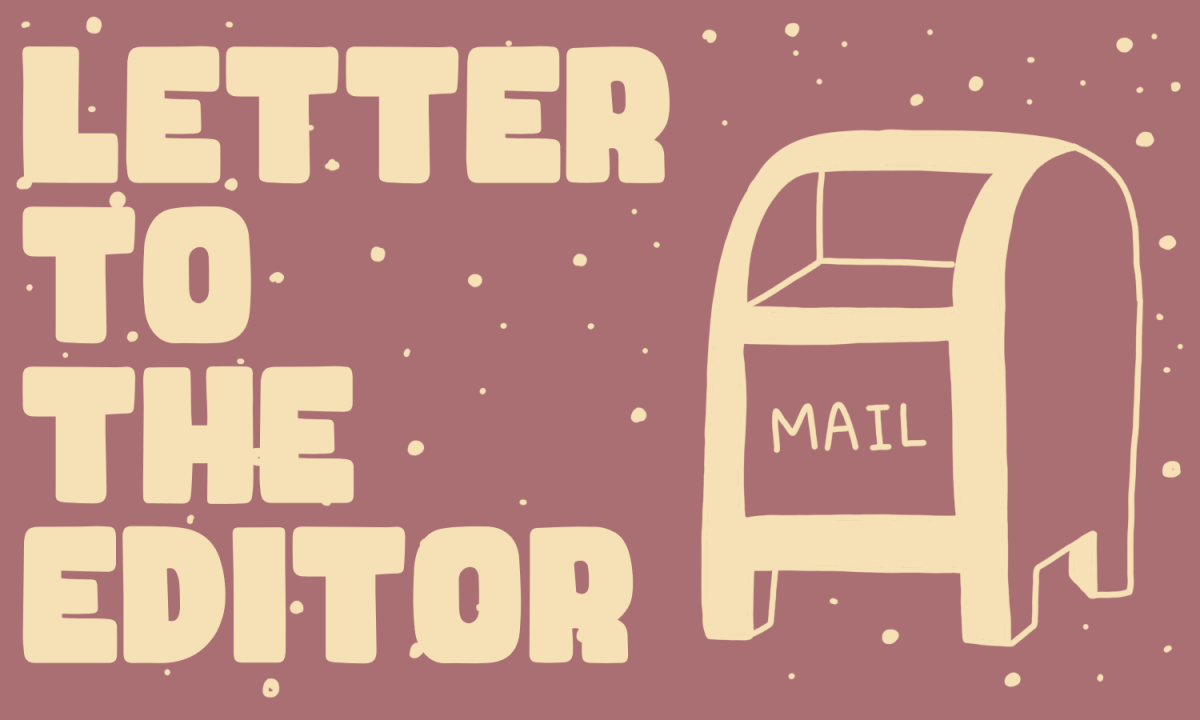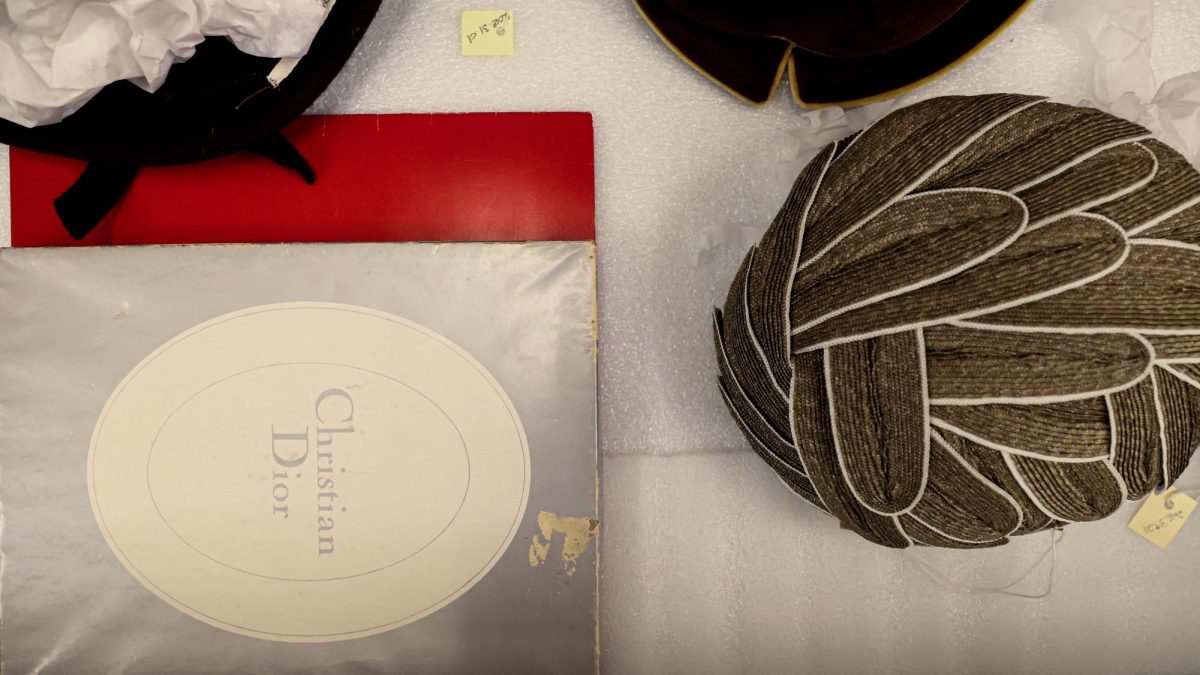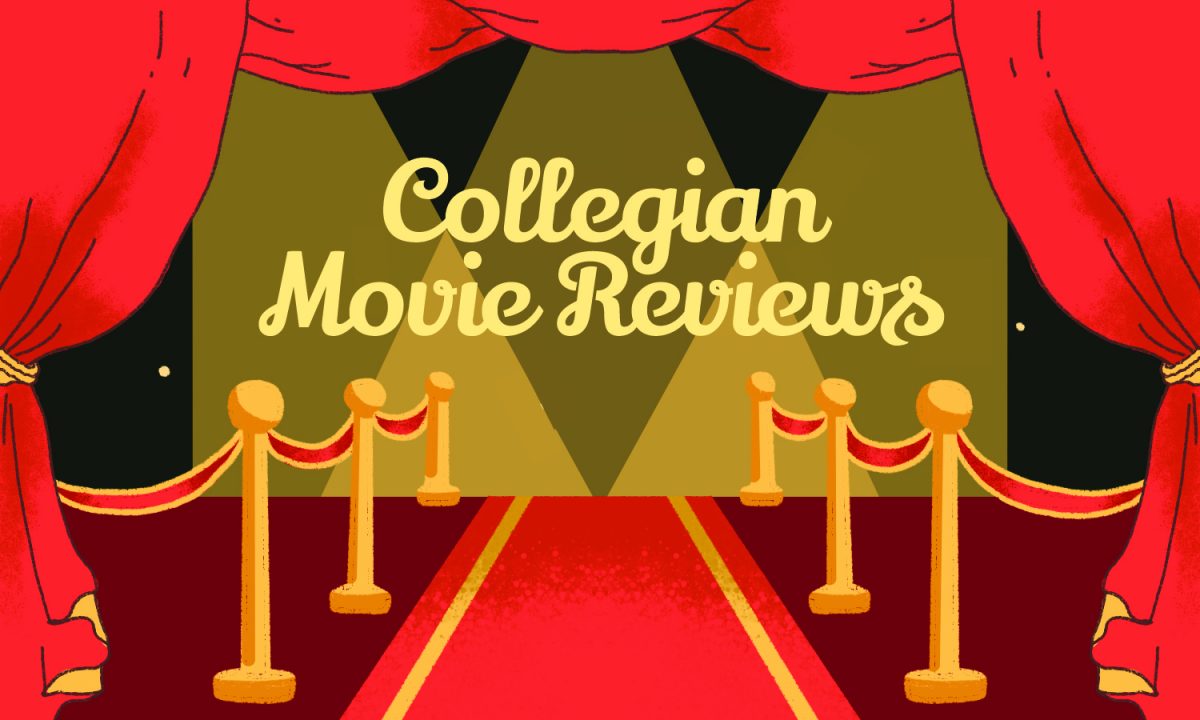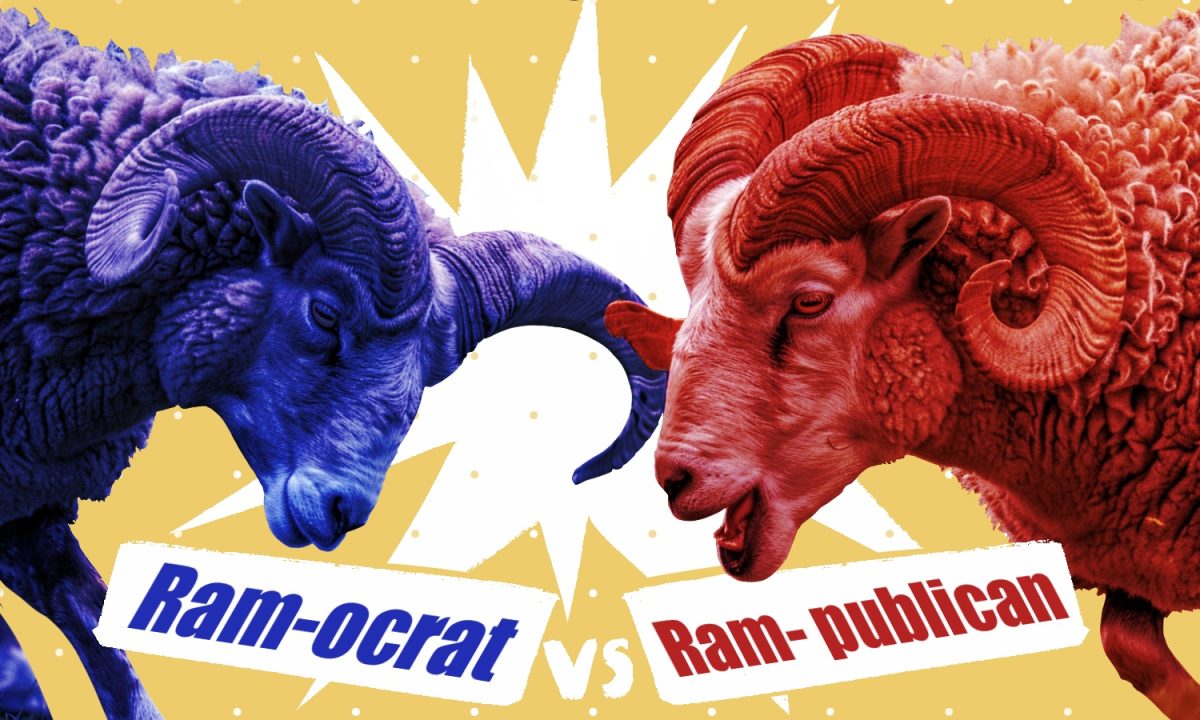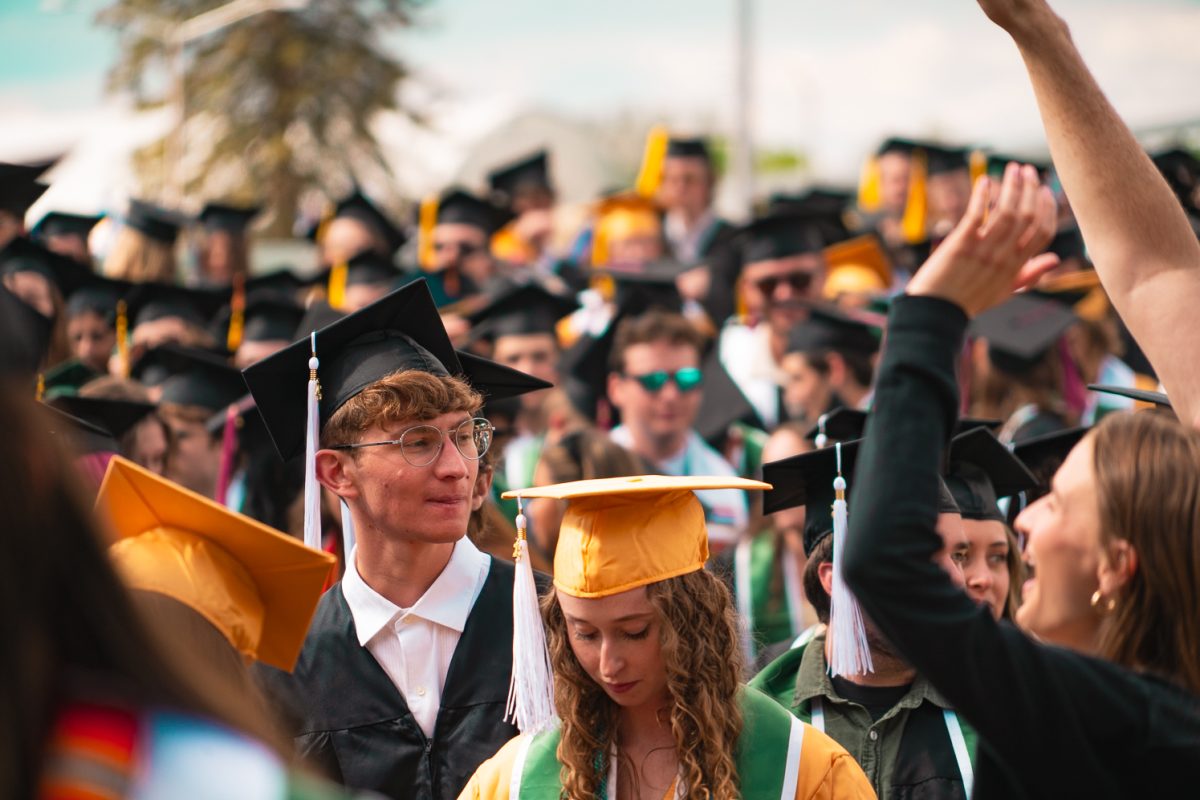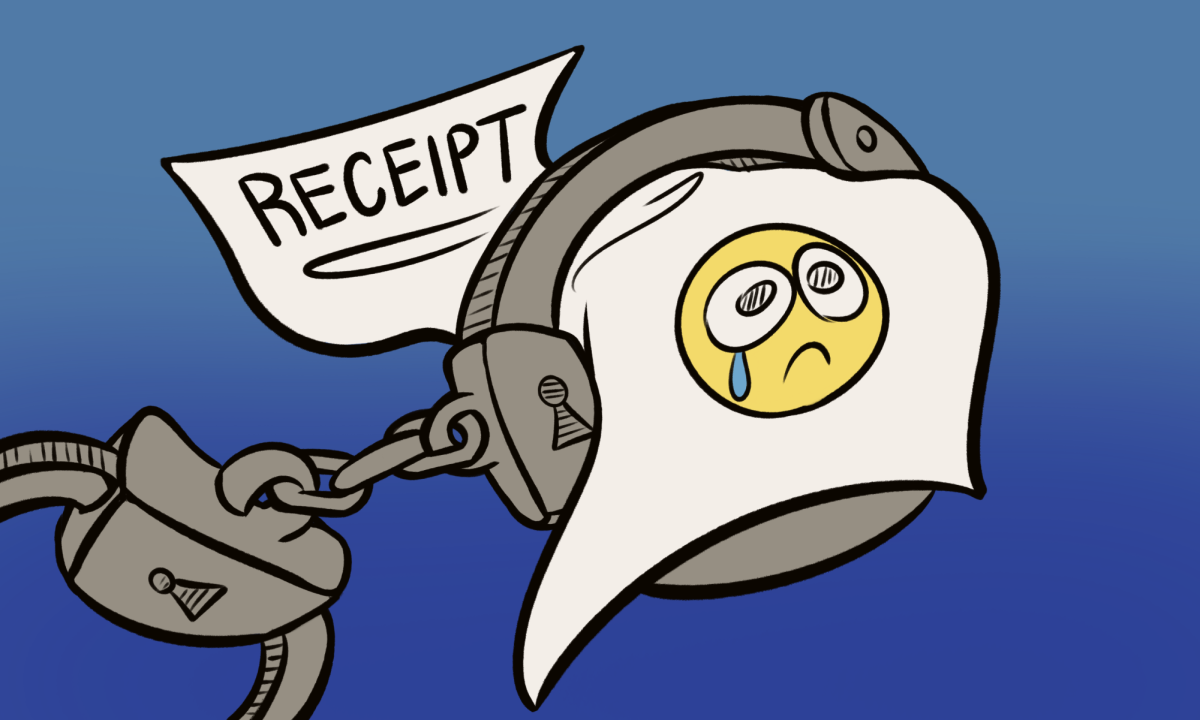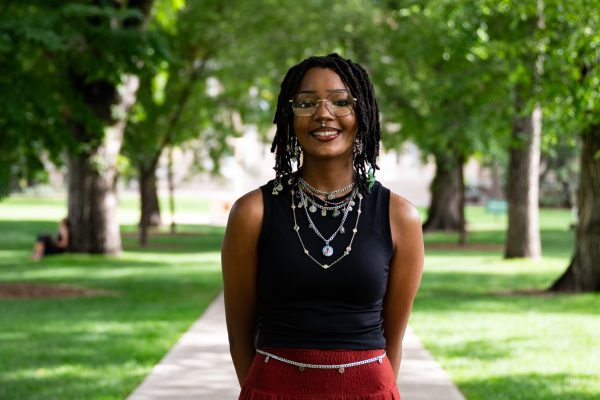Editor’s Note: All opinion section content reflects the views of the individual author only and does not represent a stance taken by The Collegian or its editorial board. Letters to the Editor reflect the view of a member of the campus community and are submitted to the publication for approval.
Since November, I’ve been part of a fantastic team of other students, recent graduates and one 52-year-old Emmy award-winning producer and cinematographer gathering material for a feature-length documentary about Colorado State University’s role in our democracy.
We’ve interviewed several faculty members, students and every speaker who has come to CSU for the Year of Democracy (except for Jane Fonda — huge bummer). The CSU Democracy Project won’t be ready until January 2025, but you can read more about it on SOURCE because I’m not here to plug the documentary.
Throughout these conversations, listening to Robert Putnam, Ken Buck and even Riley Gaines, I’ve been instilled with the sense that we are in a crisis. Forget about who’s president or who’s running for president; the level of divisiveness we’re experiencing in the United States right now goes far beyond Joe Biden, Donald Trump, Barack Obama or the Bushes; it even predates Jimmy Carter.
Putnam, during his lecture on April 12, presented graph after graph showing the levels of polarization, social capital, economic equality and trust in the government 1895-2014. Each graph was essentially the same: a curve that begins in dismal numbers in 1895, steadily climbing upward until it peaks in 1960, then falling again so that the numbers are just as low in 2014 as they were in 1895. Basically, in 1895, people were so unhappy with the government and divided based on political parties that they thought our democracy was doomed.
Sound familiar?
So what is there to do about it? A whole lot, it turns out. And, for better or worse, the onus is on us, young people, to right the ship of American democracy. As Putnam said, it’s historically unjust that we’re stuck with this, but we are. And when the line on Putnam’s graphs started turning upward, showing stronger unity in the U.S., it was because people in their 20s changed the culture. They listened to people who disagreed with them and understood they were not the enemy because they had a different, maybe even opposite, perspective.
Today, how often do any of us actually listen to how the other side feels without thinking of how we’re going to clap back at them? We’re incredibly lucky to be on a college campus at this moment in history because we’re living in a beacon for diversity of thought, the perfect environment for this broadening of understanding to take place.
A great example is the event on April 3. Gaines, who advocates against transgender women in women’s sports, was invited to campus by CSU’s Turning Point USA chapter, a conservative student organization. Every seat in that huge classroom was filled. I disagreed with almost everything Gaines said, but it was fascinating to sit there with all those who were probably politically opposed to me, something few students experience at college, and just listen.
At one point, the student who organized the event asked for anyone who disagreed to come speak at the microphone to stir up a civil conversation, and unfortunately, nobody did. While I know it would be daunting to go up and say something that an entire room of people will likely disagree with, I hope that anyone with conflicting views who sat quietly during that portion of the event, including myself, will have the courage to speak up next time and the wherewithal to do so respectfully.
Along with being more willing to listen, we have to stop getting bogged down by the dysfunction in politics at the national level. Only 4% of American adults feel that our political system is operating well. We should focus on the real, positive change that can happen in our local governments. In Fort Collins, local politicians don’t run with a party affiliation, so people vote based on the issues they want to see addressed. Maybe because of this, we don’t see a lot of the polarization in the local arena that we see in the national one.
The 20-somethings of 1895 realized the power of local government, and in 1910, we got what Putnam calls the most important thing that happened in 20th-century social and economic policy: the public school. The public high school came to prominence in small towns in rural Nebraska and Iowa; it wasn’t a national policy that instituted them. The rationale was that students of diverse backgrounds socializing in a classroom would learn to respect one another and to get along, though what someone in rural Iowa in 1910 considered diverse is very different from our idea of diversity. This was a huge leap in community building that no doubt helped propel that line on Putnam’s graphs upward.
A more contemporary example of success at the local level is the students in CSU’s student government — and other members of our local and state government — who put in the work to get rid of U+2. Because of this documentary, we’ve gotten to know many students in ASCSU, all of whom are passionate and intelligent and understand the importance of treating each other with respect. So when the conduct that we see from federal politicians makes us feel that there’s no hope for us as a country, take a look at the smaller governments. They might restore some of that hope.
The final thing I’ve been struck by, which we’ve all heard before but is critical to understand, is that we can’t just hope that some other young people will do the work to repair our democracy.
“They could have been really cynical, and many of them were,” Putnam said when speaking about the youth in 1895. “Does this sound familiar? But some of them weren’t. That’s the point.”
And if nothing else has motivated you, Putnam asks us to just consider how good it’ll look to have “saved American democracy” on your resume.
Melanie Chaffey
CSU student and producer for “CSU Democracy Project”
Send letters to letters@collegian.com. When submitting letters, please abide by the guidelines listed at collegian.com.



